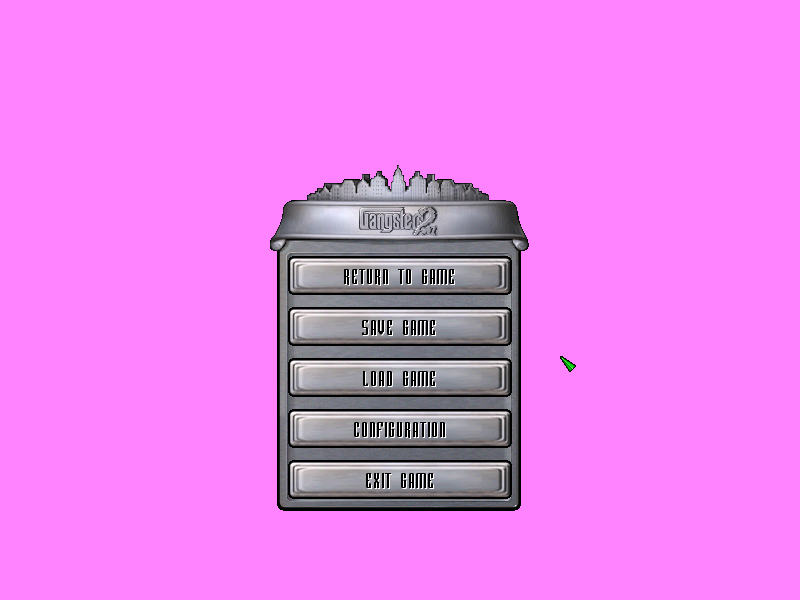

Trying to follow your nefarious activities in the city during the real-time segments also prove overly difficult at times. While the fundamental concepts behind Gangsters are rife with potential, many players feel the game suffers from a cluttered, confused interface and inadequate instructions. You then switch from this static planning phase to a real-time mode, where you watch and aid your thugs at "work" in an animated 2D city. You issue orders to your thugs, telling them to recruit new hoods, extort local business, or take out enemy mobsters, all with the goal of raising profits and gaining territory. By analyzing a large array of message windows, graphs, and charts, you plan the coming week's strategy while keeping an eye on your competition across town. Your goal in that game is to is to create a criminal empire in the fictional, Chicago-like city of New Temperance.

With its 1998 release of Gangsters, developer Hothouse Creations tried to tap into the mystique of 1920s gangsterism with an interesting, if flawed, blend of turn-based empire builder and real-time strategy game.

In a nation founded by dissenters, revolutionaries, and individualists, criminals who openly scoff at the law have seemingly always had a certain dark appeal. Between bootlegging and racketeering, mafiosi like Al Capone and archrival George "Bugs" Moran garnered vast wealth and power, plus more than a little notoriety. When the taps ran dry under the 1919 Volstead Act, organized crime made sure the liquor would continue to flow. Crime may not pay, but you would have had a hard time trying to convince the Prohibition-era mob bosses of that.


 0 kommentar(er)
0 kommentar(er)
